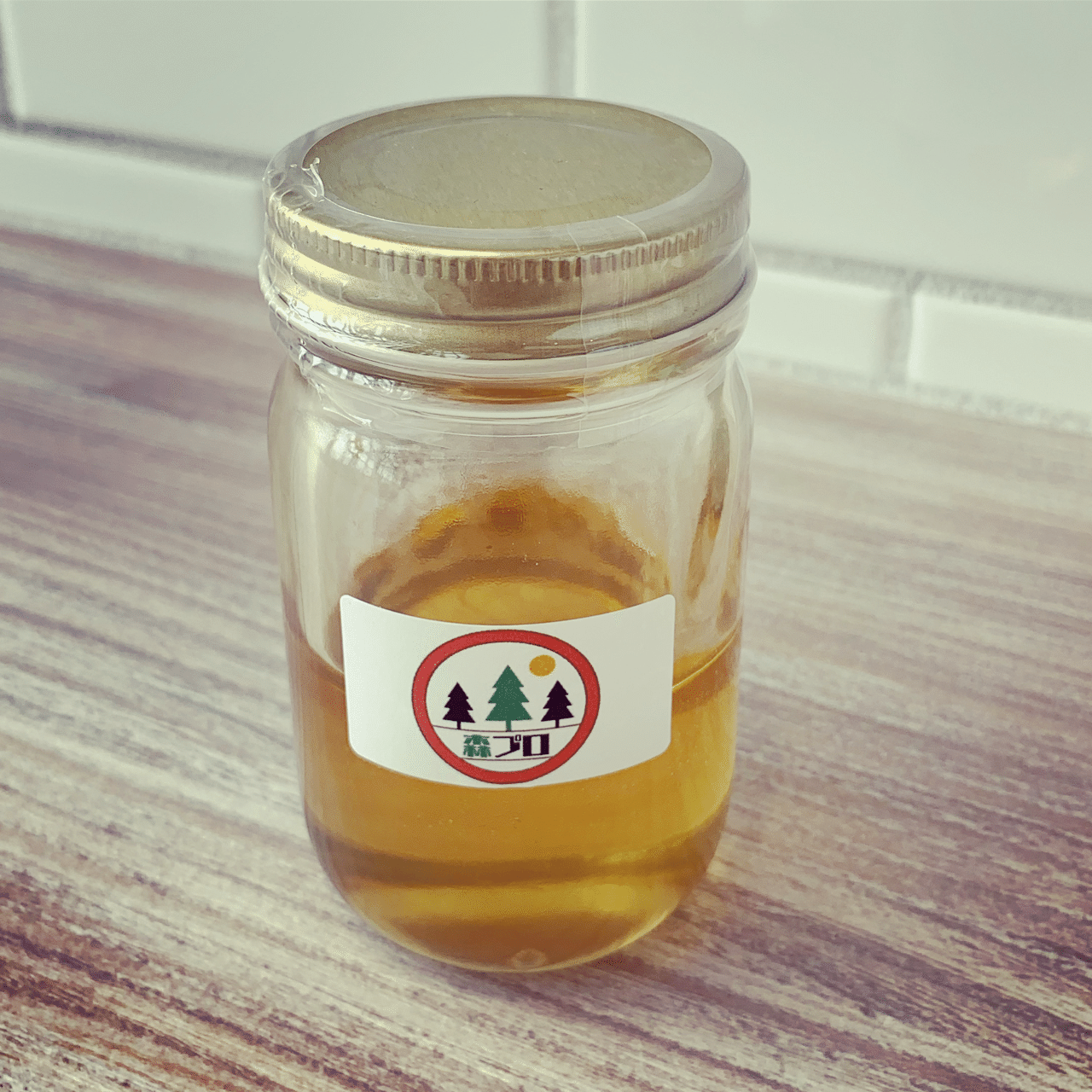『ハニーランド 永遠の谷』
先日投稿した「茅ヶ崎市北マケドニアフェアHaikuイベント」での寄付の返礼品として北マケドニア映画『ハニーランド永遠の谷』のチケットをいただいた。自腹で観に行こうと思っていたがありがたく頂戴した。
第92回米アカデミー賞において国際長編映画賞とドキュメンタリー映画賞に同時ノミネート(アカデミー賞史上初の快挙!) されたこの映画は、首都スコピエからわずか20kmしか離れていない村で暮らす女性を3年間にわたって追い続けた作品である。
前述のイベントを企画するにあたり、マケドニアの詩人、ゾリアさんからレクチャーを受けた。「マケドニアの90%は田舎」「首都スコピエに人口の半分がいる」と言っていたが、統計上は4分の1となっており、いくらなんでもオーバーだと思っていたが、この映画を見ると彼女の話がストンと肚に落ちる。
主人公のハティツェは水道も電気もない村で盲目で足の不自由な85歳になる母親、犬一匹、猫数匹と暮らしている。蜂蜜を街で売ったわずかなお金が唯一の収入源。何十年間も変わっていない暮らしが続く中、突然牛を引き連れて移住してくる子沢山のトルコ人一家。子どもらは純粋だが、大人は資本主義社会の中で落ちこぼれまいと必死だ。一家はハティツェに養蜂を学ぶが彼女の「半分は自分に、半分は蜂に」という信条を守らず、牧草地とするために野を焼く。結果、彼女の「ハニーランド」は力を失うが、一家は子牛の大量死(原因は餌不足によるものだと思われるが、不明。彼女の母が語る「報い」なのだろうか)をきっかけに無責任にもその地を離れていく。
その後、母を亡くし、村に残された彼女だったが、春はまた巡り、蜂も戻ってくる。やるせない中にも希望を残すエンディングであったが、後日談にはもっと救われた。彼女はこの映画で得た賞金で製作陣から家をプレゼントされ、親戚たちと暮らしながらたまに蜂の世話をしに山を訪れる生活をしているそうだ。(映画のスタッフが養蜂の手伝いをしているらしい)彼女が母親の年まで生きるとしたらあと30年。歌が好きで明るいハティツェさんには楽しい生活を送ってほしいと願う。
本筋とか関係ないところが気になってしまうのが私の悪い癖。猫がアイラン(塩入りヨーグルト)を食べているところに驚きを覚えた。さらに全く内容とは関係ないが、マケドニア語の「ありがとう」(ФаЛa)は文字で書くと猫の顔文字に似ている。これをなんとかもっと寄せられないか工夫したのがこれだ。
Ф ω ФаЛa
(ノ*ФωФ)aЛaノ
いかがだろうか…
猫の好物はその土地の食文化に影響を受けやすいと聞くが、マケドニアの猫は「ちゅ〜る」よりヨーグルトを好むのか?をいつか現地に行って確かめたい。その際にはバザールで「薬になる」というハティツェさんの蜂蜜を買って帰りたい。

こちらは茅ヶ崎の森でとれたはちみつ(文教大学森プロジェクト)
I received some tickets for "Honeyland " in return for donation from Embassy of North Macedonia in Japan.
Please see the haiku event section I posted earlier to see the results.
It was a work I was thinking of going to see on my own, but thankfully for it, I went to the theatre to see it.
https://note.com/necosna/n/nc4ae08b2af77
Simultaneously nominated for the International Feature Film and Documentary Film Awards at the 92nd American Academy Awards. (the first-ever outstanding achievement in the Academy Awards history)
This work was taken in close contact with a natural beekeeper woman living in a village only 20 kilometers from the capital city Skopje. The crew has been shooting for three years.
In preparation to plan an event for the "Chigasaki City North Macedonia Fair" ,I received a lecture from Ms. Zoria, Macedonian poet. She said, "90% of Macedonia is the countryside" and "Half of the population is in the capital city of Skopje", but statistically it's a quarter, and I think it's overkill. But after watched the movie,I understood what she meant.
The main character, Hatize, sells honey from natural beekeeping in the village, and the small amount of money seems to be the only source of income. There is no electricity or water in the village, and the wells dry in winter, so the snow is melted into drinking water.
Will the sources of calories be corn and dairy products? I was in my mid-50s at the time of shooting. She lives with her mid-blind, 85-year-old mother, a dog, and a few cats.
Probably decades of unchanging life, A Turkish family suddenly emigrate with cows as her neighbors.
The young children are still pure, but the adults are desperate to stay in a capitalist society.
The family learns beekeeping from Hatize, but fails to keep her belief that "half is for me and half is for bee", kills the bee in the birdhouse, and he cut down naturally growing trees to get honey
The Father also burned the fields for the bees to collect honey for pasture.
"Honeyland," which she cherished, loses her former power, but the family irresponsibly leaves the area.
After that, she lost her mother and was alone in the village, but in the spring again, the bees will return.
It was an ending that left hope even when she could not do it. But I was saved more in later talks. She is presented with a house from the production team with the prize money she got from this movie, and she lives with relatives and visits the mountains occasionally to care for bees. (The movie staff seems to be helping with beekeeping)
If she were to live up to her mother's age, it would be another 30 years. I hope that Ms. Hatize, who loves singing, neighbor friendly,will have a happy life.
My habit is that I'm wondering about things that have nothing to do with the main line.
I was surprised that the cat was eating Iran (salted yogurt).
Furthermore, although it has nothing to do with the content, the Macedonian word "thank you" (ФаЛa) is similar to a cat emoticon when written in writing.
This is how I managed to make it look more like a cat's face.
Ф ω ФаЛa
(ノ*ФωФ)aЛaノ
I hear that cat food is susceptible to the local food culture, but do Macedonian cats prefer yogurt to "churu"? I would like to go to the field someday to check.
At that time, I would like to buy Ms. Hatize's honey at the bazaar, which is "medicine," and return.
この記事が気に入ったらサポートをしてみませんか?
